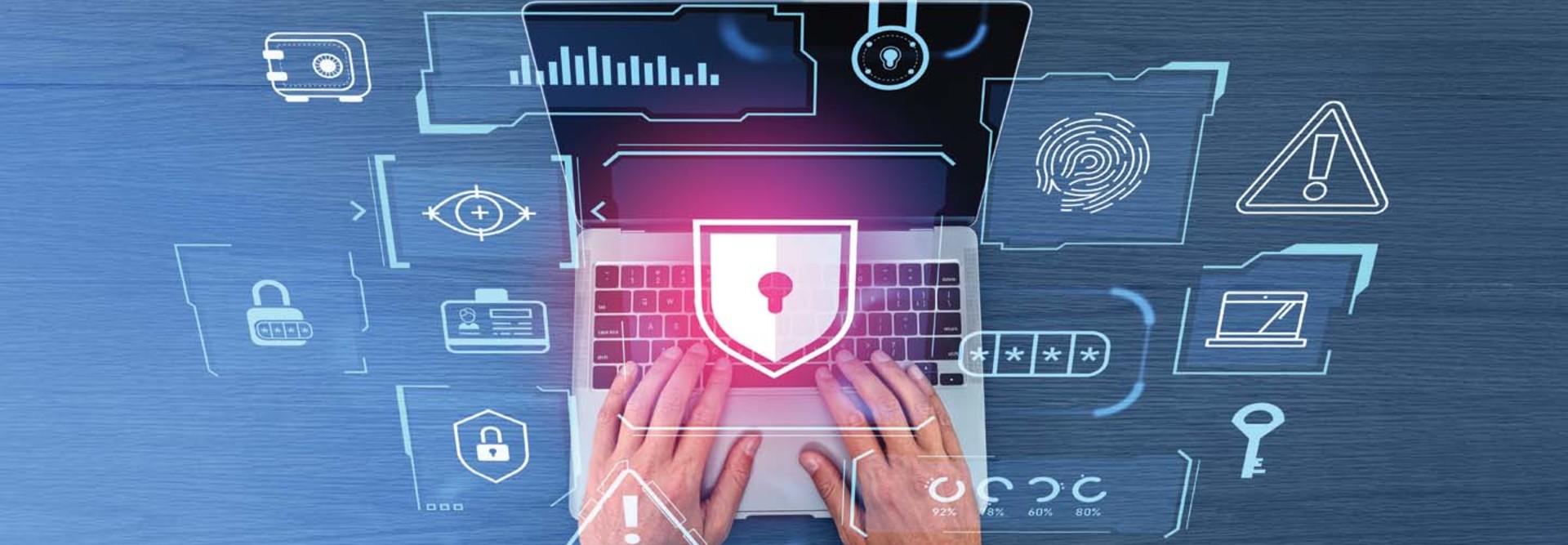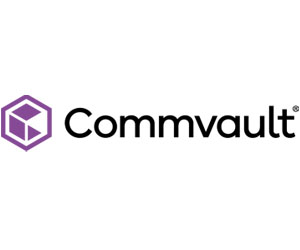EDTECH: Why don’t the security methods many universities use work well enough to prevent cyberattacks?
STEMPF: Security is very reactionary — we react to things that bad actors have done. We can prepare for all of the known exploits, but there will always be new, undiscovered threats. These unknown threats are typically called zero-day exploits, exploits that nobody's ever seen before. This is why you can’t prevent your way to success. Only through real-world, chaotic testing can you prepare yourself for when an attack inevitably happens.
Ultimately, we're playing checkers while the bad actors are playing chess. Its asymmetric warfare, and the odds are against us. Unless organizations change their game, they’ll always be one step behind. The attackers are more advanced, better trained and funded, and very motivated. That's hard to compete against that when organizations are constantly dealing with tight budgets and staffing issues.
It’s a sports game. In order for them to win, they only have to be successful one time. In order for us to win, we have to be successful 100% of the time.
EDTECH: How does the recovery process work after a cyberattack, and how does it relate to disaster recovery?
STEMPF: Most people don't understand that disaster recovery is not the same as cyber recovery. If a tornado hits one of your buildings, you've probably already planned and have a second building that you're doing replication to; you can just come back up with that second building. It might not be as fast, but you can limp along because the tornado is not going to do anything nefarious to your data. It's simply wiping out a site.
In a cyberattack, you must question everything you know. You need to question your data, your network, your servers — everything is suspect.
WATCH: Companies like Commvault are redefining data protection in higher education.
EDTECH: How long does it take to recover from a cyberattack?
STEMPF: Minimum recovery from a cyberattack takes, on average, 24 days; for a full recovery, it’s months to years. Most people have the unrealistic view that you can start recovering immediately after an attack, but that is the worst thing you can do. Without first doing your proper due diligence of forensic analysis, working with your cyber insurer and knowing your blast radius, you have a higher chance of reinfecting your environment. If you immediately start recovering after a cyberattack, there's one thing I can guarantee: You're going to reinfect your environment, period.
Most people think that when the encryption event begins, security alarms are triggered. Instead, someone typically stumbles across the ransom note on one of the servers. Then you have to invoke your incident response plan, deal with your cyber insurer and perform forensic analysis, all before you start your recovery.












